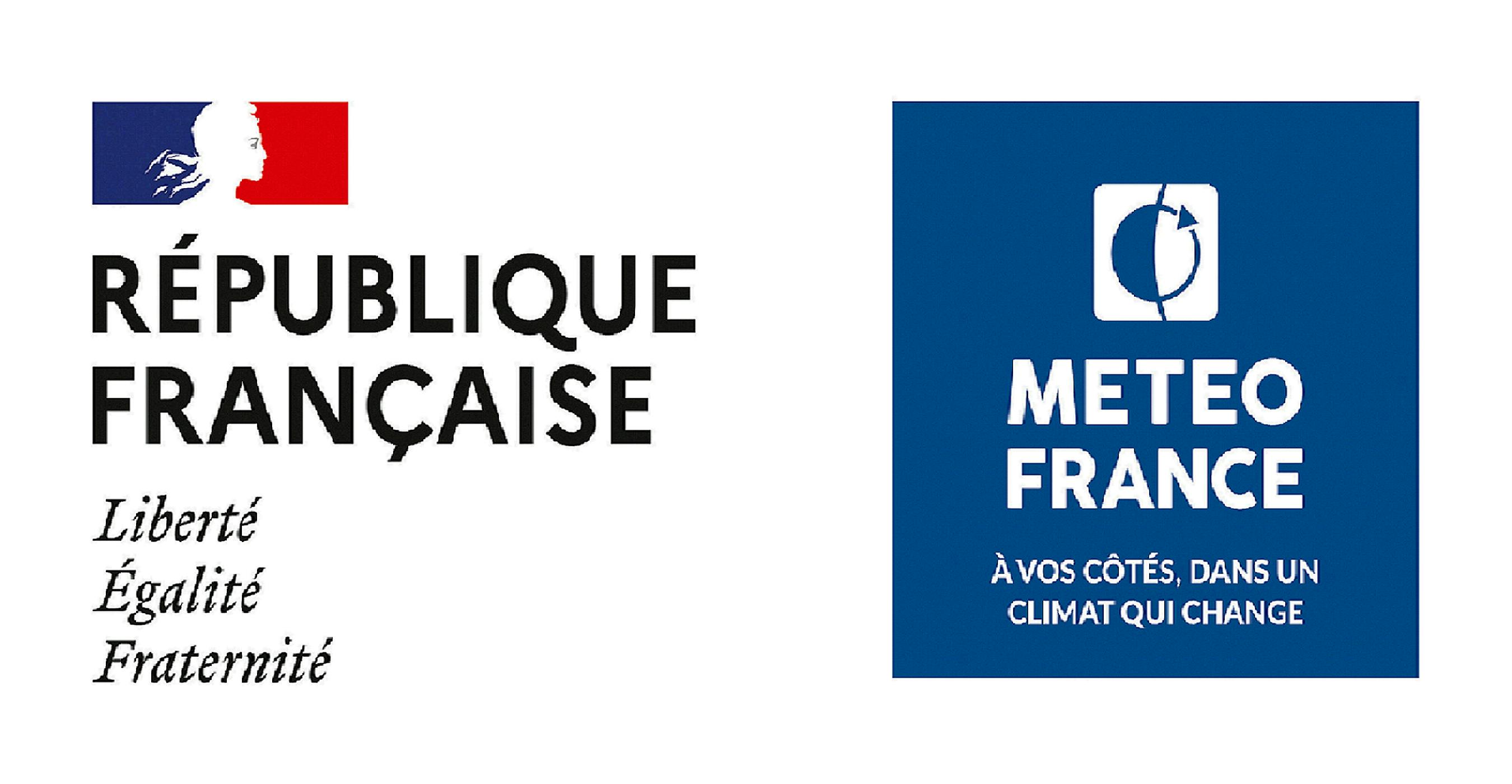À vos côtés dans un climat qui change
Expert public de la météo et du climat, Météo-France est à vos côtés pour contribuer à votre sécurité au quotidien et vous aider à prendre les meilleures décisions, dans un climat qui change.
Face à des épisodes météo dangereux encore plus intenses et plus fréquents sous l’effet du changement climatique, nos missions au service de votre sécurité sont cruciales.
Nous mobilisons notre expertise, notre excellence scientifique et technologique pour vous permettre d’anticiper les phénomènes météorologiques et climatiques à enjeux, et de vous y adapter.
Coupled vegetation-atmosphere-fire modeling as part of the EUBURN-RISK project F/M
Toulouse, 31057
CDD
01/03/2026- 29/02/2028
3470€
Description
As a public weather and climate expert, Météo-France is at your side to contribute to your day-to-day safety and help you make the best decisions in a changing climate. Faced with dangerous weather episodes that are even more intense and more frequent as a result of climate change, our missions in the service of your safety are crucial. We mobilize our expertise and our scientific and technological excellence to help you anticipate and adapt to challenging weather and climate phenomena.
Find us online: https://meteofrance.com/carte-didentite-de-meteo-france
Joining Météo France means joining a multi-site organization, located in France, overseas, etc. Météo-France is organized into central and inter-regional divisions. Below is a presentation of the department you could join :
Météo-France's Higher Education and Research Department is made up of around 290 permanent staff, 150 non-permanent staff and 280 students.
The DESR comprises :
- A Research division in which the CNRM plays a central role, under the dual supervision of Météo-France and the CNRS.
- A Higher Education division, which includes the É cole Nationale de la Météorologie (National School of Meteorology).
- Partnerships and Academic Management.
The CNRM's Groupe de Météorologie de Moyenne Echelle (GMME) is structured into research teams focusing on non-hydrostatic modelling and parameterisation of cloud processes; precipitating convective systems in temperate latitudes; convection and clouds in the Tropics; modelling of exchange processes in the soil-plant-atmosphere continuum; characterisation of continental surfaces using satellite remote sensing and data assimilation; city-atmosphere exchanges and urban climate.
The activities of the GMME group's SURFACE team focus on developing and improving the modelling of soil-plant- atmosphere and lake-atmosphere exchange processes for applications in medium-scale numerical weather prediction and hydrology. The team has been interested in the vegetation-atmosphere-fire interactions for several years and works closely with Cerfacs' CECI on fire-related issues.
CECI is a joint laboratory between the European Centre for Research and Advanced Training in Scientific Computing (Cerfacs), the French National Centre for Scientific Research (CNRS) and the French National Research Institute for Sustainable Development (IRD). It includes 30 to 40 researchers with strong expertise in climate and environmental models ranging from micro-scale to global scale, high-performance computing, complex simulation workflows, statistical learning, and data management. Some of the CECI's research topics focus on extreme events such as heat waves, intense precipitation and droughts, and environmental hazards such as wildfires and floods.
Missions
Forests are the second largest terrestrial carbon sink after the oceans. Preserving them is therefore an essential lever for public policy in the fight against climate change. However, they are vulnerable to droughts and heatwaves, which are becoming more frequent and intense as a result of climate change, creating conditions conducive to fires. The year 2025 was marked by very intense fires in Spain and Portugal, with several hundred thousand hectares burned. In France, the risk of fire is also increasing every year, with a possible spread to western and northern France.
The CNRM and CECI have recognized expertise in modeling vegetation-atmosphere-fire coupling. In particular, they have developed the Meso-NH/BLAZE coupled fire-atmosphere model [4-6], which simulates the spread of forest fires and the wind they generate, thereby enabling estimates to be made of possible scenarios (area, intensity) for a given event.
The EUBURN-RISK project is part of the EUBURN program (The southern EUrope biomass BURNing project), which aims to improve the understanding, monitoring, and anticipation of the risks associated with forest and vegetation fires in Europe, from their spread on the ground to their effects on the composition of the atmosphere, weather conditions, and climate change. This project, co-financed by the Interreg Sudoe program, focuses on Spain, Portugal, and France.
As part of the EUBURN-RISK project, a modeling chain is to be set up using the Meso-NH/BLAZE model to model the spread of a fire and study its main characteristics.
The main tasks to be carried out are as follows:
Initialize the fire using external data, such as satellite data or outputs from the FOREFIRE propagation model, in particular interfacing with the BLAZE module that describes fuels,
Initialize the atmosphere and surface in an idealized manner (radiosonde, soil temperature and humidity profiles),
Simulate fire propagation with Meso-NH/BLAZE under these idealized conditions (no slope, representation of surface heterogeneities with the ECOCLIMAP Second Generation land cover map),
Perform sensitivity tests (1) on the forcing level in the model between Meso-NH/BLAZE and on the sensible heat flux at the surface in the coupled system, explicitly taking into account the feedback from the fire to the atmosphere,
Take into account the topography in these idealized simulations.
Profil
A master level or engineering degree is required as well as confirmed experience in a similar position.
We are looking for a dynamic and enthusiastic young engineer to join our fire modeling research team. Candidates must have a good knowledge of mesoscale modeling in the field of environment, meteorology, or a related field.
Experience with coupled surface-atmosphere and/or surface-atmosphere-fire models is expected.
Candidates must have a good command of IT and digital tools, in particular very good programming skills in a high-level programming language (Python, Fortran) and proficiency in Linux is expected. Experience with high-performance computing (HPC) would be an advantage. They must be comfortable working in a team. Fluency in English, both spoken and written, is essential.
Application deadline : 31/12/2025
Email contacts for any further information : patrick.lemoigne@meteo.fr ; melanie.rochoux@cerfacs.fr
